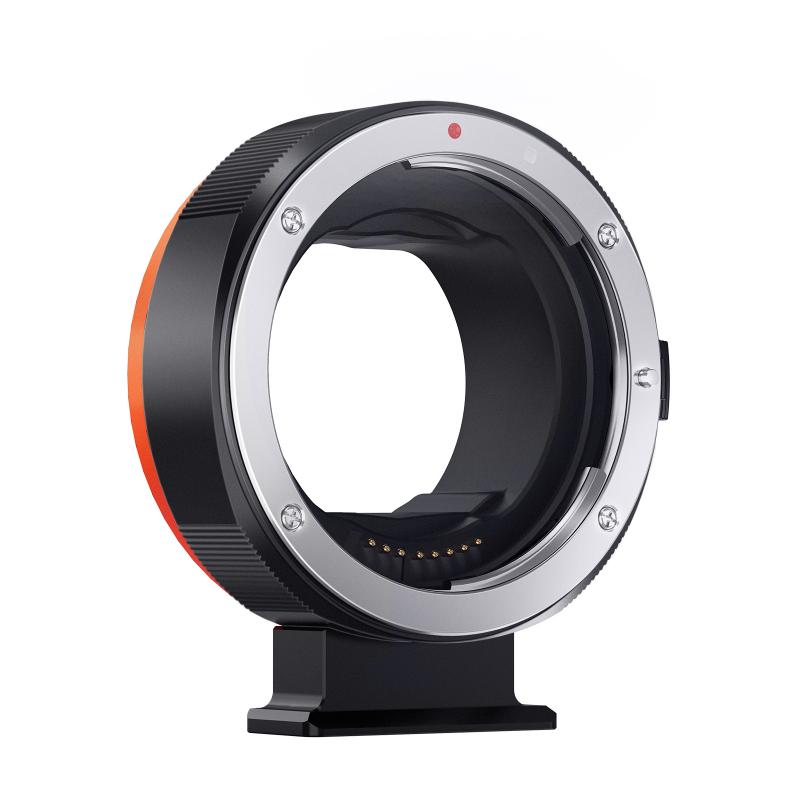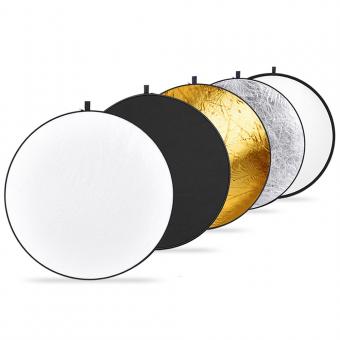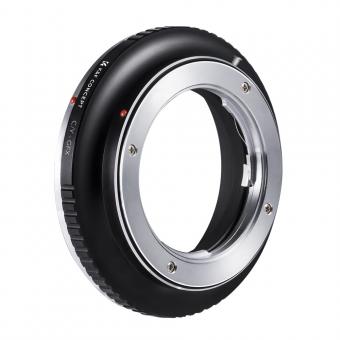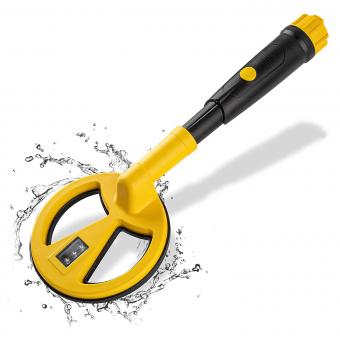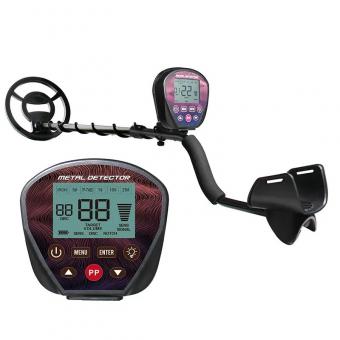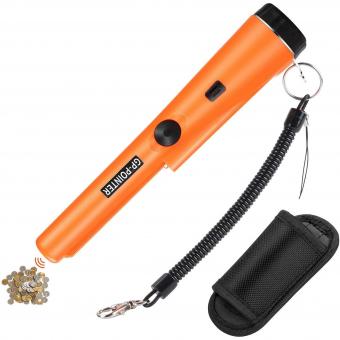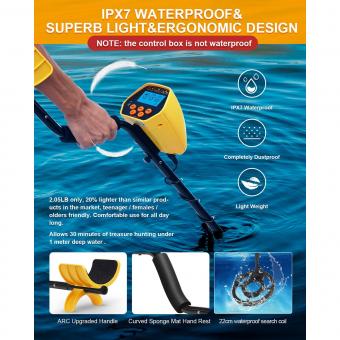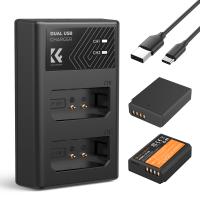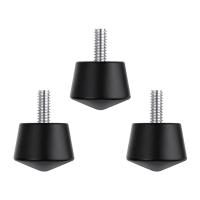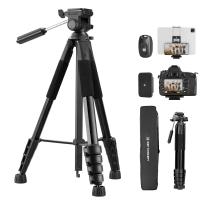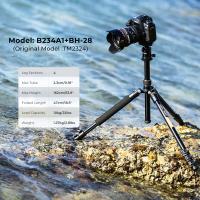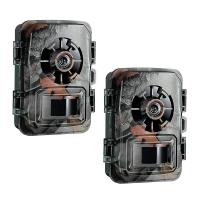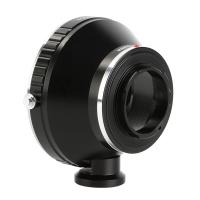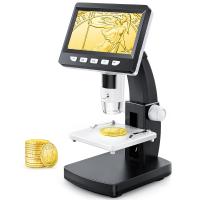Can Metal Detectors Find Silver ?
Yes, metal detectors can detect silver. Silver is a highly conductive metal, which makes it easily detectable by metal detectors.
1、 Metal detectors can detect silver due to its conductivity.
Metal detectors can indeed find silver due to its conductivity. Silver is a highly conductive metal, meaning it allows electric current to flow through it easily. This property makes it detectable by metal detectors, which work by generating an electromagnetic field and detecting disruptions in that field caused by metallic objects.
When a metal detector is passed over an area, it emits a magnetic field that interacts with the conductive properties of metals. When the magnetic field encounters a metallic object, such as silver, it induces an electric current in the metal. This current creates a secondary magnetic field that disrupts the original field generated by the metal detector. The detector then detects this disruption and alerts the user to the presence of metal.
Silver is one of the most conductive metals, surpassed only by copper and gold. Its high conductivity makes it relatively easy to detect with a metal detector. However, it is important to note that the size, shape, and orientation of the silver object can affect the detection range and accuracy. Larger silver objects will be easier to detect, while smaller ones may require closer proximity to the metal detector.
It is worth mentioning that advancements in metal detector technology have improved their ability to detect specific types of metals, including silver. Modern metal detectors often have adjustable settings that allow users to target specific metals or ignore certain types of metal. This can be particularly useful for treasure hunters or archaeologists who are specifically searching for silver artifacts.
In conclusion, metal detectors can detect silver due to its conductivity. The high conductivity of silver allows it to disrupt the electromagnetic field generated by metal detectors, making it easily detectable. However, the size and shape of the silver object can affect the detection range and accuracy. With advancements in technology, metal detectors have become more efficient at detecting specific types of metals, including silver.
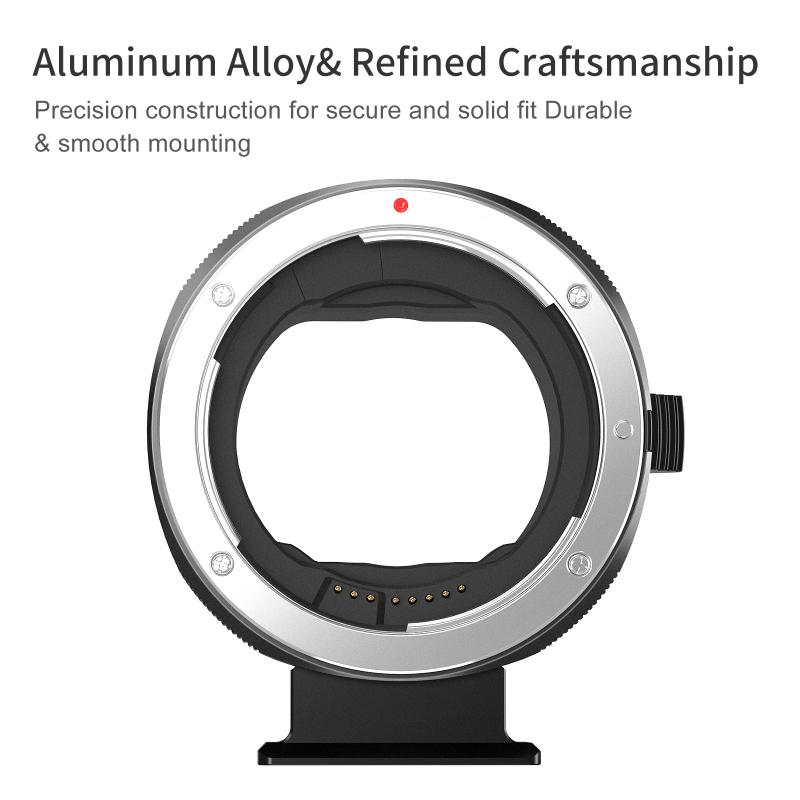
2、 Silver can be detected by metal detectors using electromagnetic fields.
Silver can be detected by metal detectors using electromagnetic fields. Metal detectors work by generating a magnetic field and then detecting any disturbances or changes in that field caused by metallic objects. When a metal object, such as silver, is present, it creates a disturbance in the magnetic field, which is then detected by the metal detector.
Silver is a highly conductive metal, meaning it allows electric current to flow through it easily. This conductivity makes it relatively easy for metal detectors to detect silver. The electromagnetic field generated by the metal detector induces eddy currents in the silver, which in turn create a secondary magnetic field. This secondary field is what the metal detector picks up on, alerting the user to the presence of silver.
However, it is important to note that the detection range and sensitivity of metal detectors can vary. Some metal detectors may be more sensitive to silver than others, depending on factors such as the size and purity of the silver object. Additionally, the depth at which the silver is buried can also affect the detection capabilities of a metal detector.
It is worth mentioning that advancements in metal detector technology have led to improved detection capabilities. Manufacturers are constantly working to enhance the sensitivity and accuracy of metal detectors, making it more likely for them to detect smaller or deeper buried silver objects.
In conclusion, metal detectors can indeed find silver by utilizing electromagnetic fields. However, the effectiveness of detection may vary depending on the specific metal detector and the characteristics of the silver object being searched for.
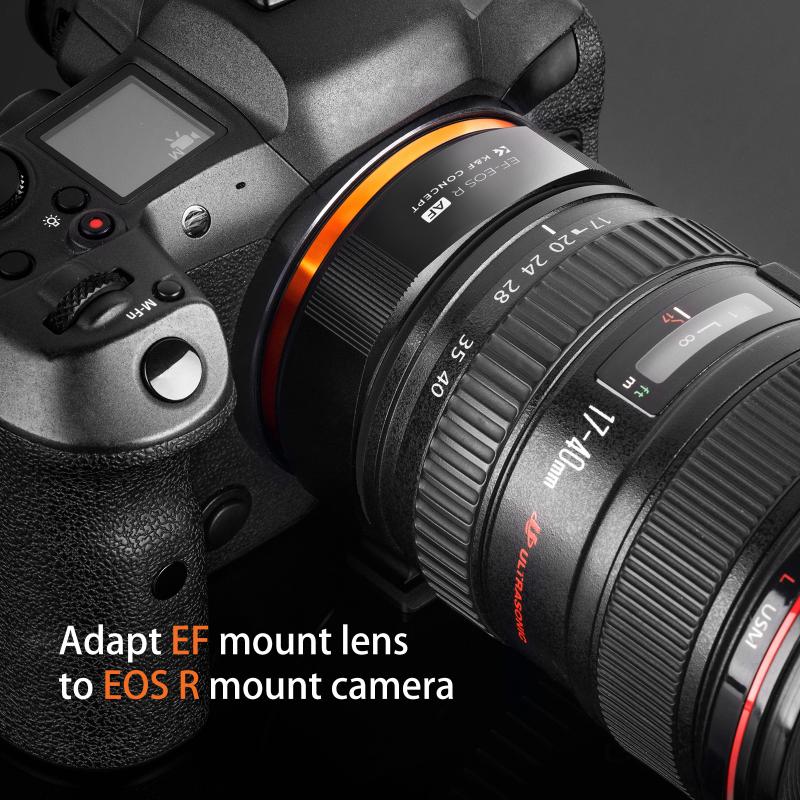
3、 Metal detectors are effective in locating silver objects.
Metal detectors are effective in locating silver objects. Silver is a highly conductive metal, which makes it easily detectable by metal detectors. These devices work by emitting an electromagnetic field and then detecting any disruptions or changes in that field caused by metallic objects. When a metal object, such as silver, comes into contact with the electromagnetic field, it creates a disturbance that is picked up by the metal detector's receiver coil.
Metal detectors are commonly used in various industries, including archaeology, treasure hunting, and security. They are designed to detect a wide range of metals, including silver. In fact, many metal detectors have specific settings or modes that can be adjusted to enhance the detection of silver objects.
However, it is important to note that the effectiveness of metal detectors in finding silver can vary depending on various factors. The size, shape, and composition of the silver object can affect its detectability. For example, larger silver objects are generally easier to detect than smaller ones. Additionally, if the silver object is buried deep underground or surrounded by other metallic objects, it may be more challenging to locate.
It is also worth mentioning that advancements in metal detector technology continue to improve their ability to detect silver and other metals. Manufacturers are constantly developing new features and technologies to enhance detection capabilities, such as improved sensitivity and discrimination settings.
In conclusion, metal detectors are indeed effective in locating silver objects. However, the success of detection may depend on factors such as the size, shape, and composition of the silver object, as well as the specific capabilities of the metal detector being used.
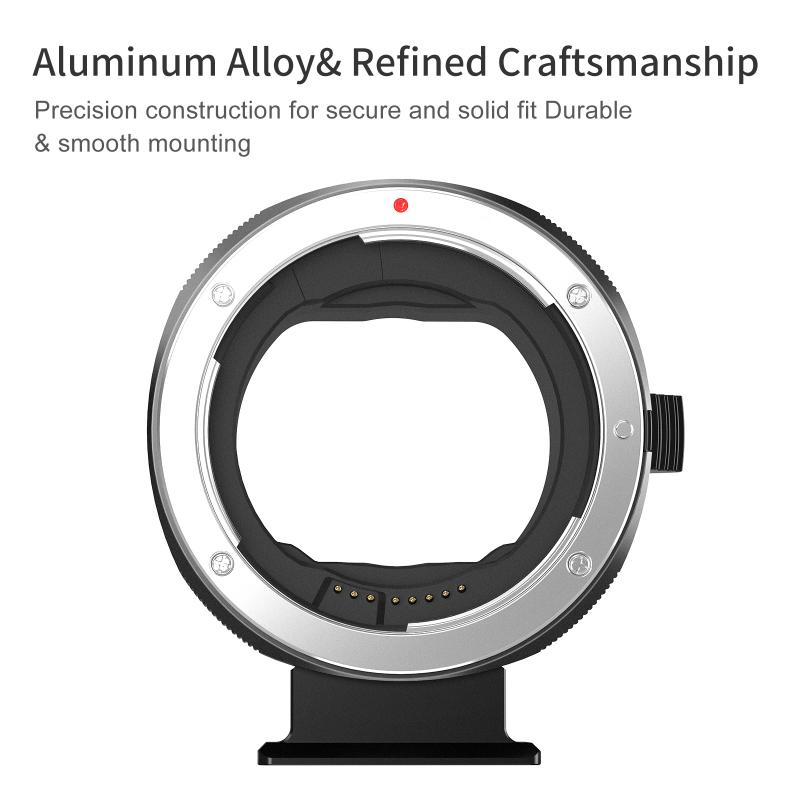
4、 Silver can be detected by metal detectors due to its unique properties.
Silver can be detected by metal detectors due to its unique properties. Metal detectors work by generating an electromagnetic field and then detecting any disruptions or changes in that field caused by the presence of metal objects. When a metal object, such as silver, comes into contact with the electromagnetic field, it creates a disturbance that can be detected by the metal detector.
Silver is a highly conductive metal, which means it has the ability to easily carry electrical currents. This conductivity allows metal detectors to easily detect silver objects. When the electromagnetic field generated by the metal detector comes into contact with a silver object, the electrical currents within the silver cause a disruption in the field, which is then detected by the metal detector.
However, it is important to note that the detection range and sensitivity of metal detectors can vary. Some metal detectors may be more sensitive to silver than others, depending on their design and settings. Additionally, the size and shape of the silver object can also affect its detectability. Larger and more solid silver objects are generally easier to detect than smaller or more fragmented pieces.
It is worth mentioning that advancements in metal detector technology have led to increased sensitivity and accuracy in detecting various metals, including silver. Manufacturers are constantly improving their devices to provide better detection capabilities. Therefore, it is safe to say that modern metal detectors are capable of effectively detecting silver objects.
In conclusion, metal detectors can indeed find silver due to its conductivity and the disruption it causes in the electromagnetic field. However, the detection range and sensitivity may vary depending on the specific metal detector being used.
